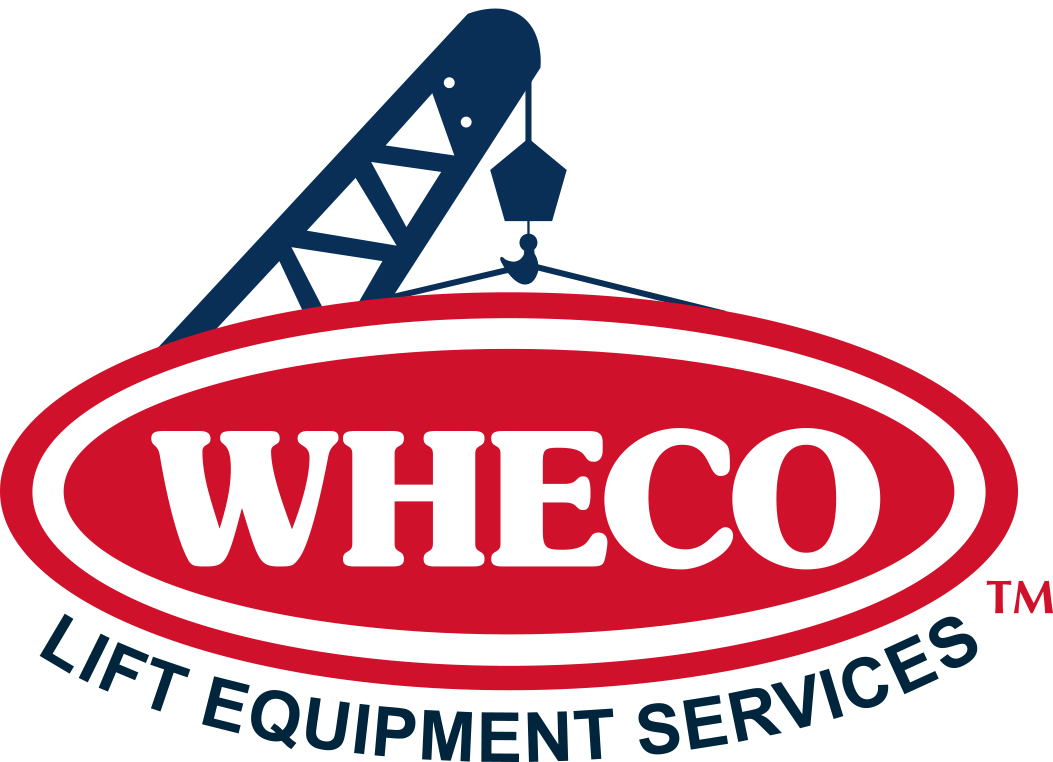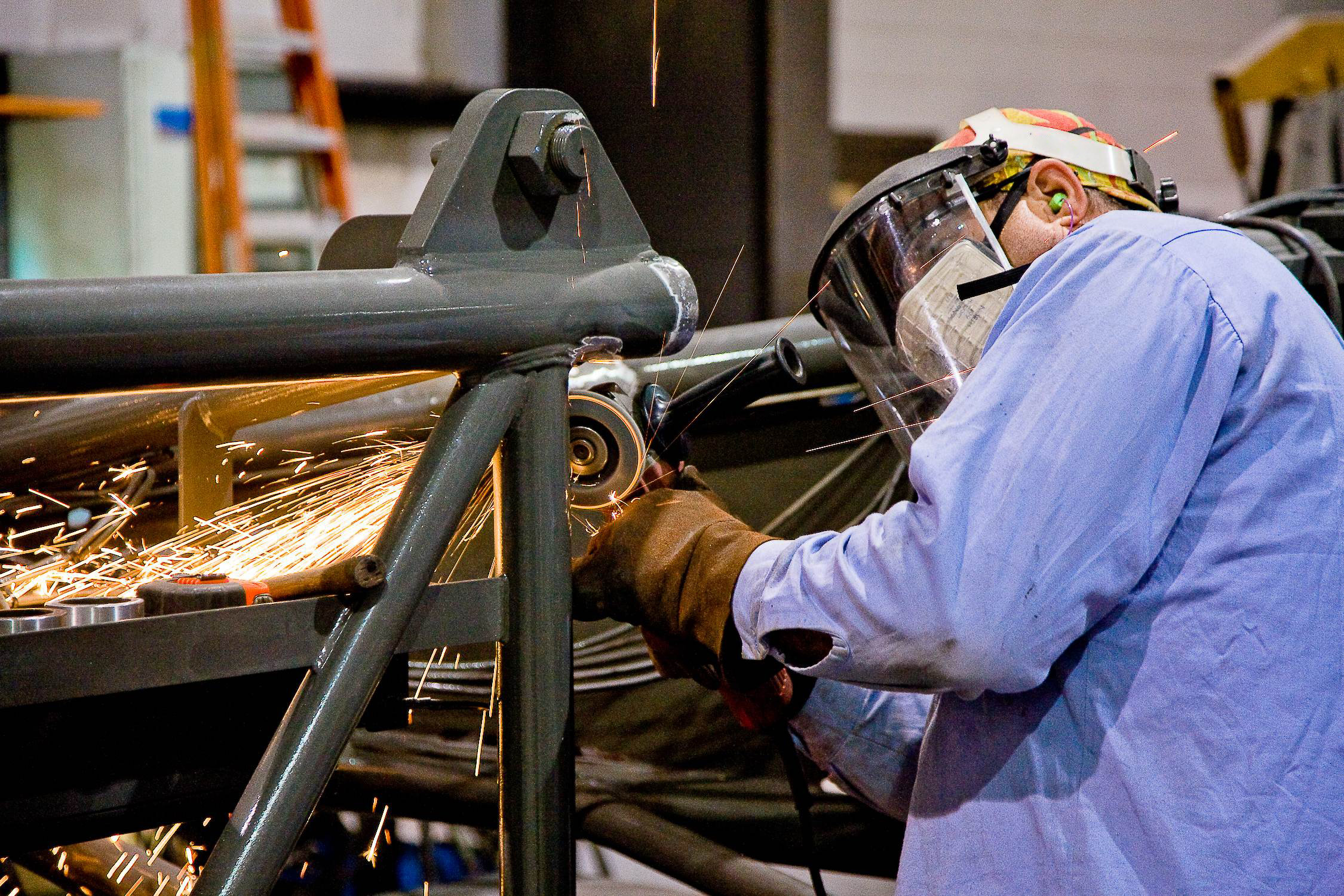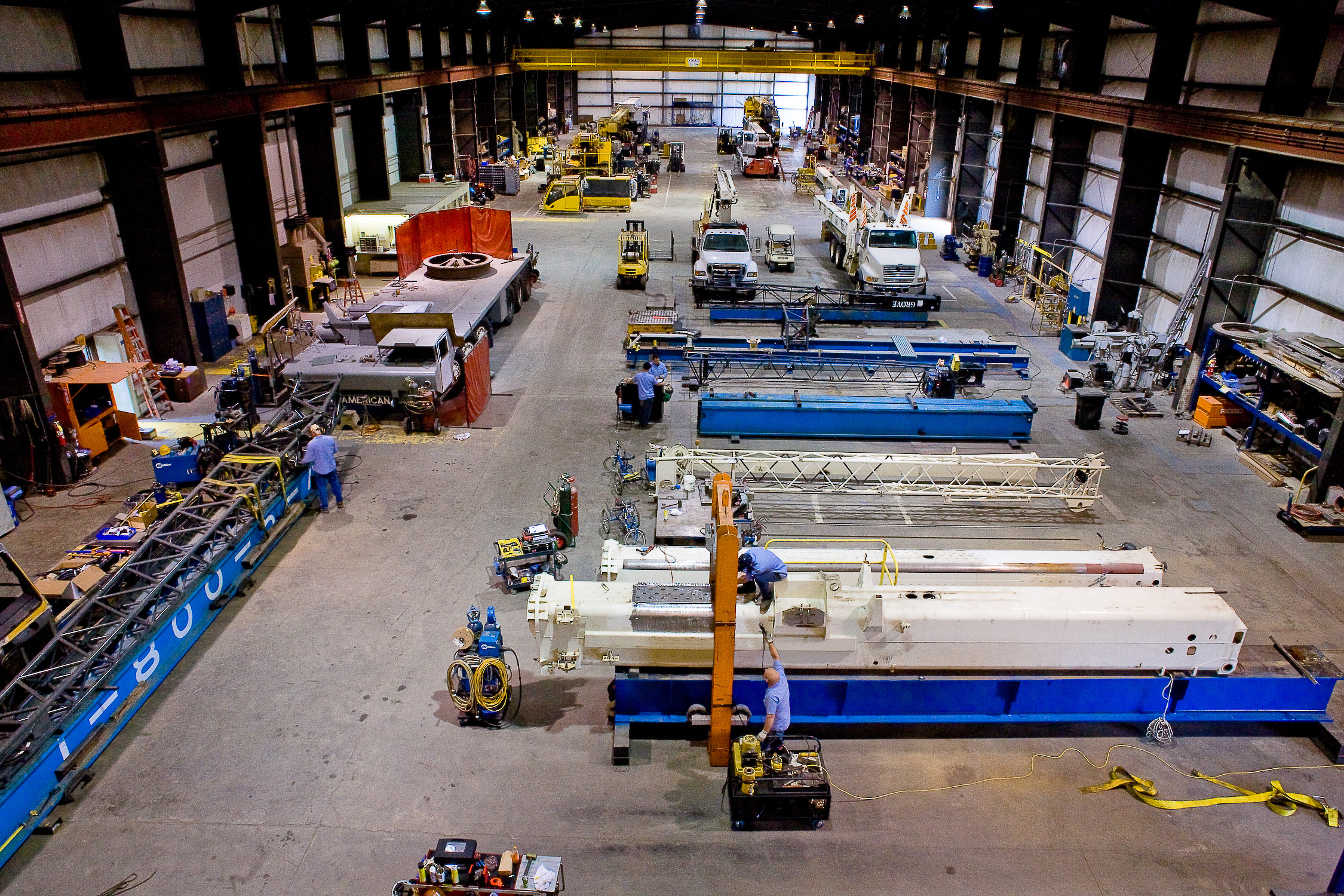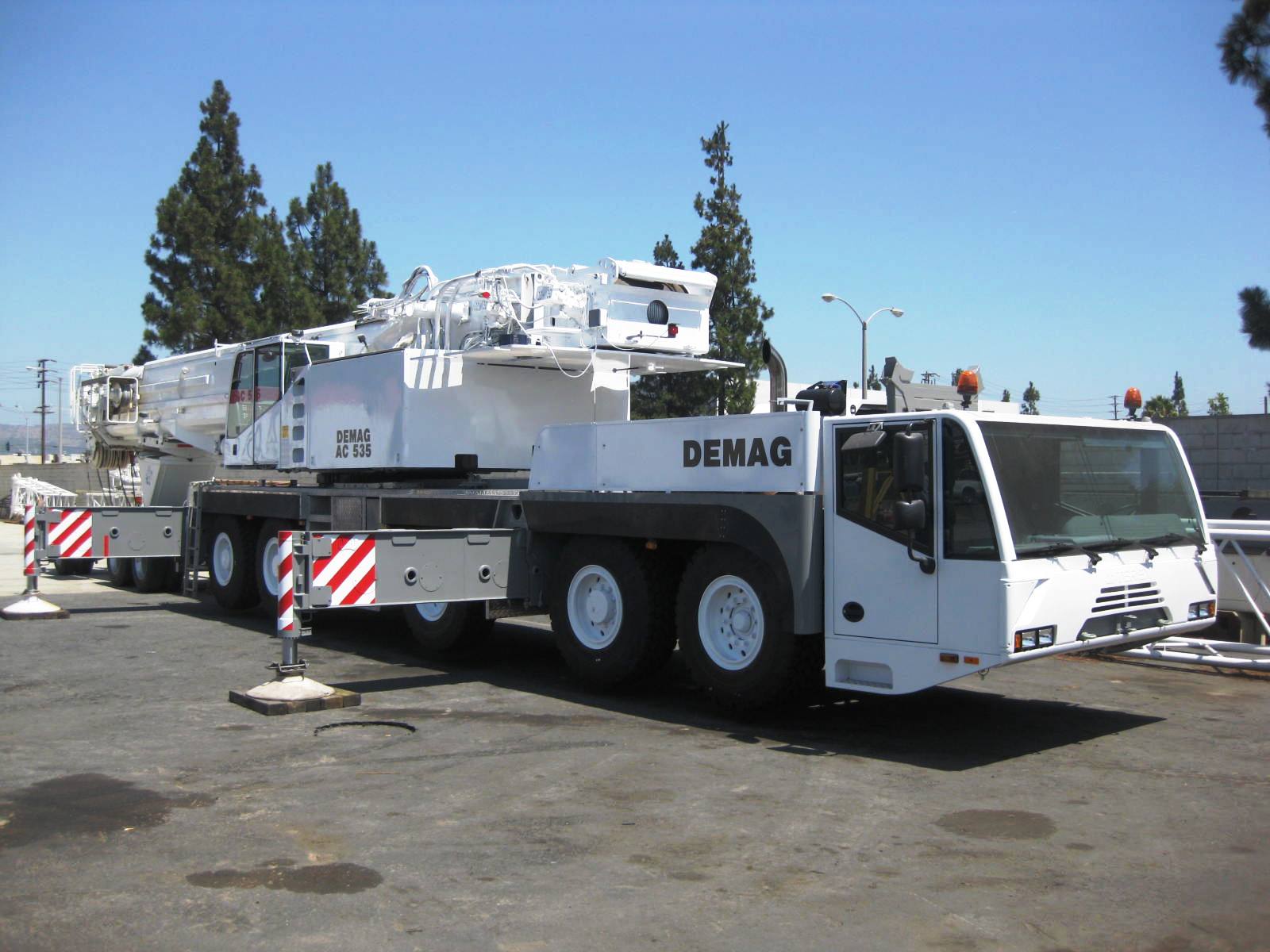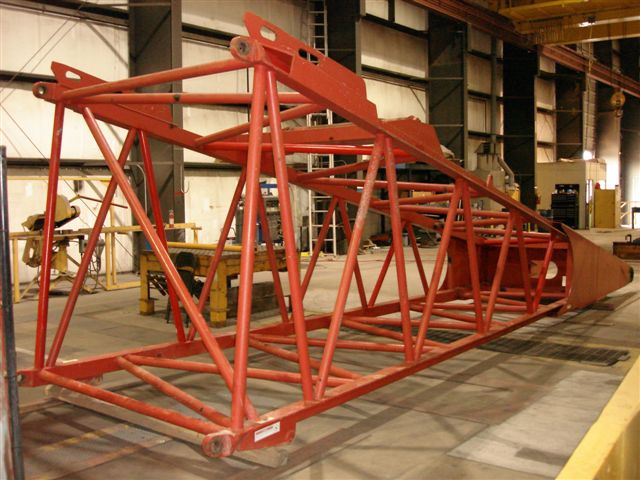
As a customer, you need to know all of your options when making an informed decision about repairing or replacing your damaged structural crane components. When making this decision, it is important to get a second opinion from a professional structural repair services vendor. Benchmarking a repair can often save you time, effort, and money.
Having a repair option on the table can often provide the most time- and cost-effective solution for putting your crane back into revenue-generating service. If you are working with an OEM and their distributor, structural repairs are generally not an option. In fact, OEMs can be particularly aggressive and deem a crane component un-repairable when it actually can be repaired and restored. As one would expect, OEMs do not like being challenged by third-party structural repair providers.
The good news is that structural repairs do not require the approval of the OEM and can be done safely and compliant to all OSHA and ANSI standards and regulations. An OEM may have policies that prohibit structural repairs, but crane owners and their insurance providers can and should defend the right to repair damaged equipment. While an OEM may defend their policies through threatening letters, they cannot prevent a crane owner from repairing a crane that is deemed repairable by a qualified registered professional engineer. Companies like WHECO work every day to successfully defend customers against strong-arm OEM tactics.
The top five reasons you should consider a repair option are to:
1. Strengthen the decision-making process.
Knowing all of the options available to you will help in making an informed decision. You need to have the facts and know the truth about your choices when it comes to a damaged crane. Having a repair option will provide a method of benchmarking your choices.
2. Provide a method to measure vendor competency and candor.
Just because your distributor/service provider cannot provide engineered repairs doesn’t mean that this route is not available to you. While your distributor/service provider may be very competent, the company’s management should be forthcoming about their capabilities and help you find the best repair solution, even at the expense of losing the sale. It should be every vendor’s responsibility to see to the best interests of their customers. There is no better litmus test than to have one supplier refer you to another supplier who can provide a better solution.
3. Provide a platform for comparison of competitors’ facilities, methods, processes, and practices.
Structural repairs, by their nature, are challenging. You need to understand how your repair provider plans to provide you with a safe, compliant, and documented repair. Facilities, tooling, and a controlled environment are critical to a quality repair. Additionally, the company that repairs your machine should have processes and best practices in place that provide for detailed surveys, inspections, and written proposals on the damaged components.
4. Provide a benchmark to evaluate the total cost to repair a machine.
In addition to the hard repair costs, downtime can be a significant factor in determining the overall cost to repair or replace. What is the crane being out of service really costing you?
5. Challenge vendors to compete at a higher level.
If your service provider cannot provide structural repair solutions, by necessity, they will either need to figure out how to get into the business, find a qualified subcontractor to work with, or be left to provide just traditional repair services. More importantly, by acknowledging the validity of a structural repair, it will oblige vendors to provide a higher level of ethical and moral service to their customers.
The paradigm against structural repairs is rapidly changing. Customers are learning that they have access to safe, compliant, time- and cost-effective solutions. Be sure to consult with a reputable third-party structural repair provider to measure and challenge tradition replacement philosophies, and enjoy the benefits of being an informed customer.
The Author of this Post is Jay Shiffler, Vice President of Business Development, WHECO Corporation
